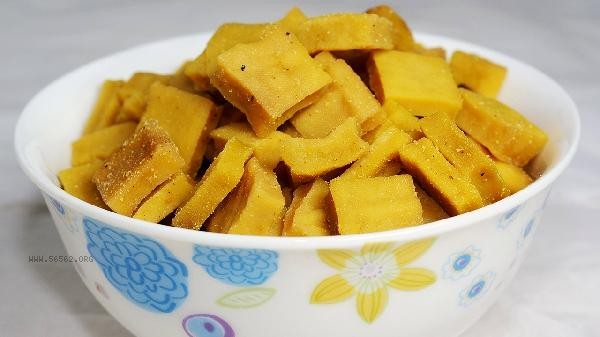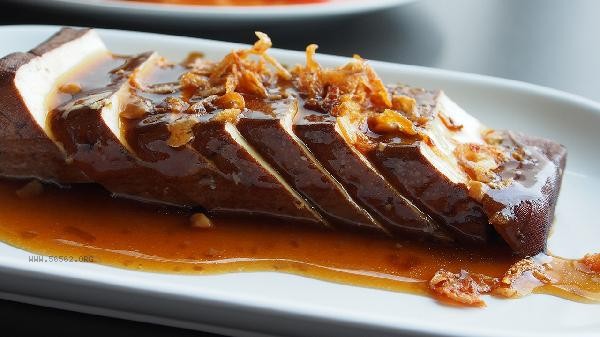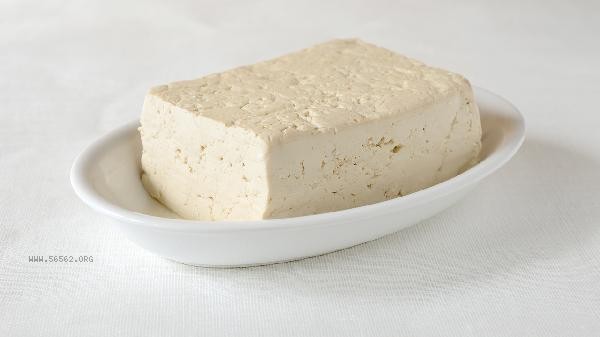Tofu doesn't necessarily need to be blanched, but blanching can remove the bean odor and enhance the taste. Whether tofu is blanched or not mainly depends on the cooking method, personal taste preferences, and the type of tofu. Tofu has a soft texture and is rich in high-quality protein and calcium. Direct cooking can retain more water-soluble nutrients. When making cold dishes or soup, use tender tofu to maintain its tenderness and smoothness without blanching; When making heavy flavor dishes such as Mapo tofu, it is easier for tofu to absorb soup when it is directly cooked. Some people have a lower sensitivity to the bean smell or may skip this step when they are accustomed to the original flavor of tofu.

Old tofu or marinated tofu beans have a strong fishy smell, blanching can effectively reduce the odor. Blanching tofu before stir frying or deep frying at high temperatures can reduce the probability of tofu breaking and shorten cooking time. North tofu and other closely textured varieties are more easily flavorful after blanching. It is important to keep the blanching time within 1 minute to avoid excessive loss of nutrients. Adding a small amount of salt to water can help shape tofu.

For daily consumption of tofu, it is recommended to handle it flexibly according to the recipe requirements, and use boiling water to quickly blanch it when blanching. Pairing with high calcium foods such as seaweed and fish can promote nutrient absorption, and those with weak gastrointestinal function should control their single intake. Choose qualified tofu products produced by legitimate manufacturers and consume them as soon as possible after opening to ensure food safety.









Comments (0)
Leave a Comment
No comments yet
Be the first to share your thoughts!